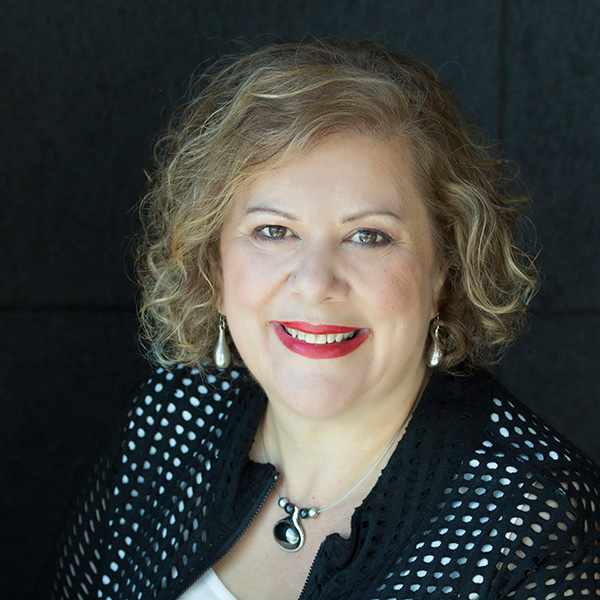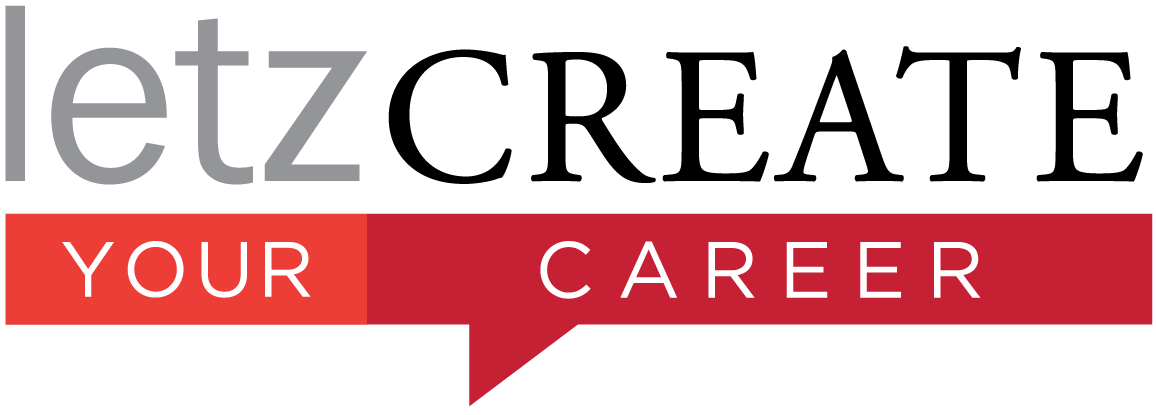If you are searching for a new job you may realise how difficult it is to get noticed in a crowded market. Some job seekers get discouraged, lose confidence, give up and stay stuck in a job that is not fulfilling when they receive constant rejections. Today I’d like to share with you the reasons why I get so many of my clients to the all important job interview. This is where you have ticked all the boxes and have impressed the recruiter or employer so much that they now want to meet you (either online or in person) and learn more about your capabilities and skills. So what does it take to get invited to a job interview?
Your Cover Letter is the Key to Job Interview Success
How is your cover letter looking? Have you spent hours on updating your resume / CV, but no time on your cover letter? This is very common, and when I first meet most of my clients, and review their cover letter (the ones who have actually prepared one), I find they have written the following.
“I am loyal, energetic and wonderful and think I’d be really good for the job.”
Unfortunately, this is not going to get you to the interview and is perhaps the faster way to get you on to the ‘reject’ pile.
Your cover letter can be your secret weapon versus other candidates. How well you share your experience on the first page is critical to whether you are invited to interview. If your cover letter is thorough, the hiring manager or recruiter will use this as a handy guide to mark you against their check list, and then briefly glance over your CV or resume to ensure you’ve provided the more detailed evidence you referenced so clearly in your cover letter. Their mind will process you as tick, tick, tick and you will be placed on the ‘let’s meet this person for an interview’ pile.
My clients, hiring managers and recruiters love my cover letter format because it makes everyone’s life really easy! When the employer is having to process hundreds of applications for roles, and they are on a tight schedule to recruit, a well written cover letter is your secret weapon.
How to Approach Responding to the Key Selection Criteria
When I work with my clients I am always intrigued by how men and women approach applying for jobs differently.
Please let me explain.
When you are job hunting and actively applying for jobs and, assuming you have set up relevant search filters via the LinkedIn and SEEK search functions, for role, geographic location and salary range, one of the first steps when deciding if you will apply for the job is whether you meet the key selection criteria.
In my experience, men apply for roles when they only meet 75% of the key selection criteria, whereas many women will not apply for the role if they do not meet 100% of the key selection criteria. The key selection criteria is the list of either mandatory / required or desirable, but non mandatory, requirements included in a job advertisement in relation to the type of candidate the organisation is looking for.
As long as you meet the main 3 requirements, or at least three quarters of the listed mandatory requirements, I would encourage you to apply for the role.
How to Write a Cover Letter that Gets You to the Job Interview
I understand that you may find a cover letter difficult to write, because you do not know what to put in it and do not know how to capture your experience in a summary format.
I normally draw this information from your CV or resume and then ask you to tell me the story of each role and your experience. I will ask you to give me bullet points, which I use to write your cover letter for you. I will then train you on how to do it, because I generally find you will have 3 cover letters that tell different versions of your experience and story dependent on the role you are applying for. As you actively apply for roles using this format, you write the cover letter and send it back to me for review.
Let’s look at a real life example of one of my clients who was applying for a role in finance. The key requirements for the role were:
- Financial Analysis
- Financial Reporting
- Corporate Governance
- Risk Mitigation
In this case, my client did have proven experience in the top 3 areas and the necessary qualifications to do the job. So our focus was on providing evidence of how many years my client had worked for financial organisations (in this case NAB and ANZ) and finding a story about how they have managed risk in some capacity.
Many of my clients do not look at the key selection criteria properly and are too ‘black and white’ in their thinking. When it comes to tackling qualifications, which you may or may not have, it is essential to tell your story as it relates to the number of years’ experience in similar roles and achievements delivered in those roles.
What is important here is building a story with enough evidence and experience to achieve the tick, tick, tick action that gets my clients to interview! Once you do get invited to a job interview, be sure to read my article How to Stand Out at Your Job Interview and learn my 5 key success factors to help you stand out.
How I Help
To encourage you to use your cover letter more effectively as a tool to help you get invited to more job interviews, I am available for Career Coaching. These sessions are designed to help you be prepared for your job search and I will work alongside you until you land your dream job.
To learn more about the secret weapon I have shared with you today, book a 15 minute Career Chat with me. You may also like to access my Career Success Podcasts to hear inspiring stories from clients I have worked with who have found their career success.

I am a passionate Career Coach who works with individuals in the explore and search phase of their career journey, helping you realise your strengths through my career coaching and training programs. I enjoy showing people the path to greater career satisfaction and providing insight and tools to help you make your next career move.



